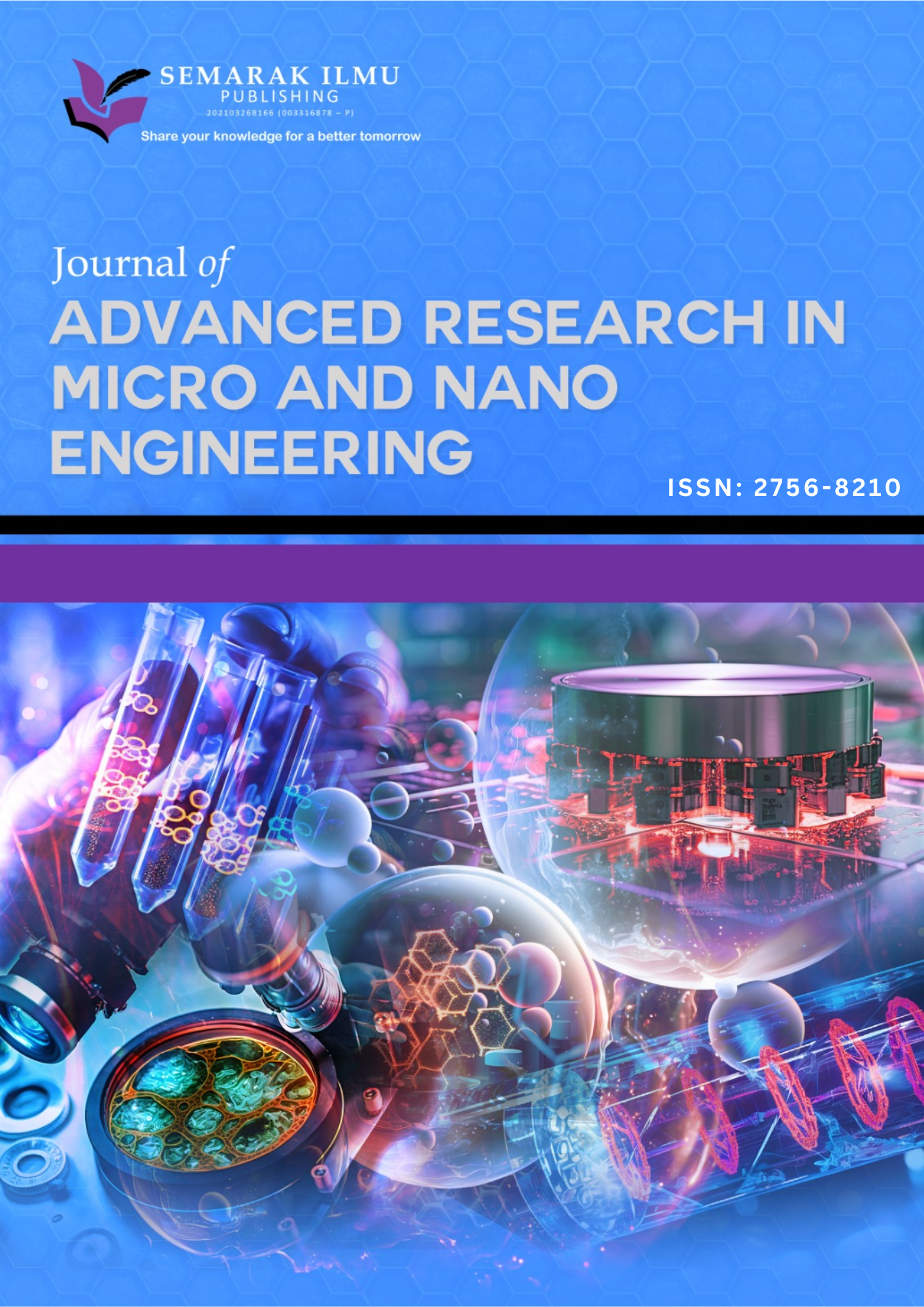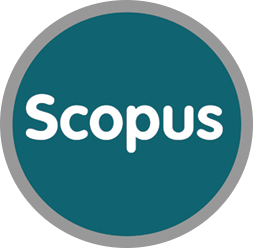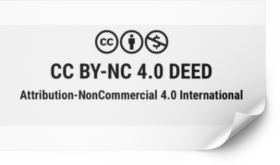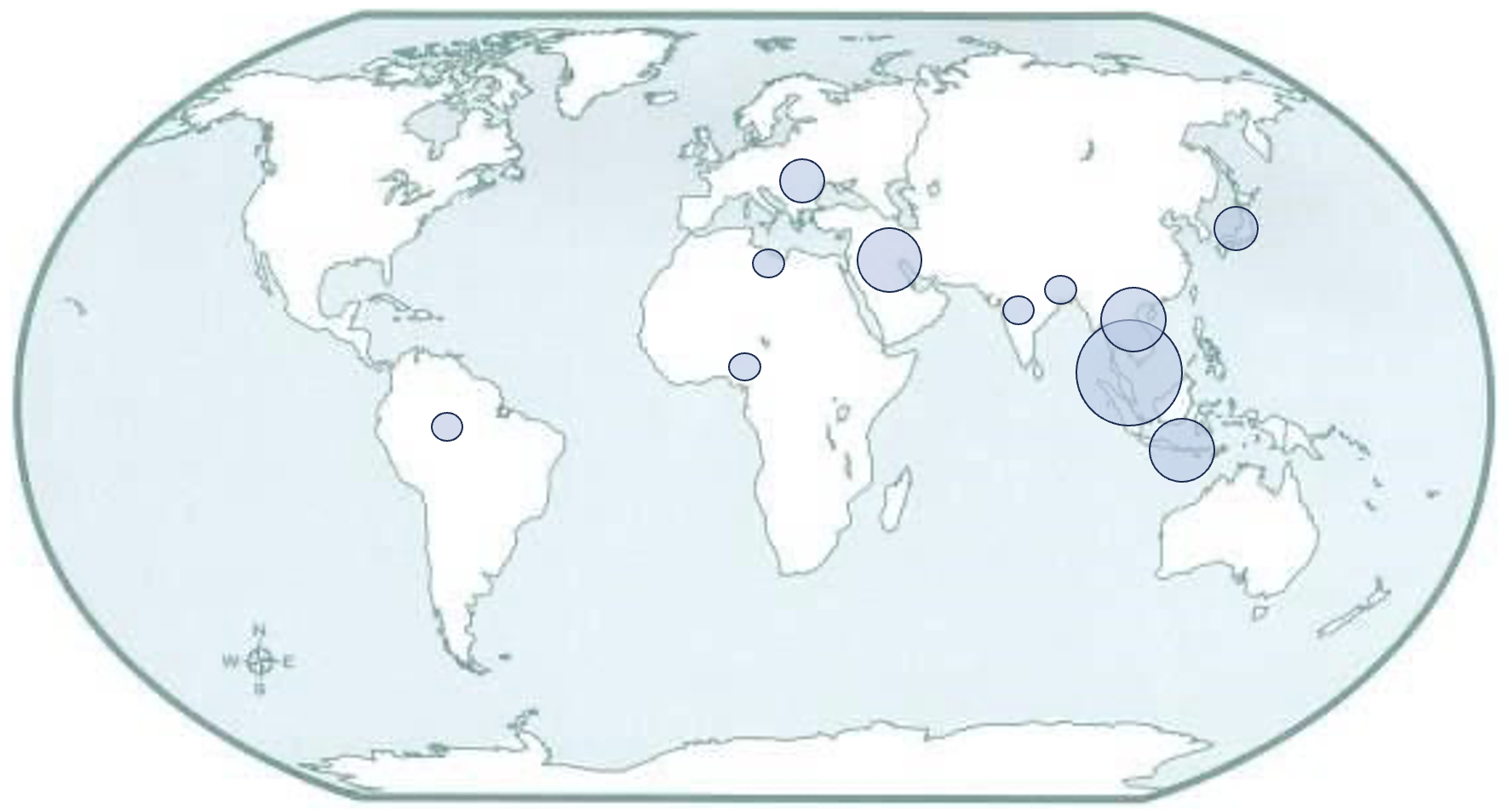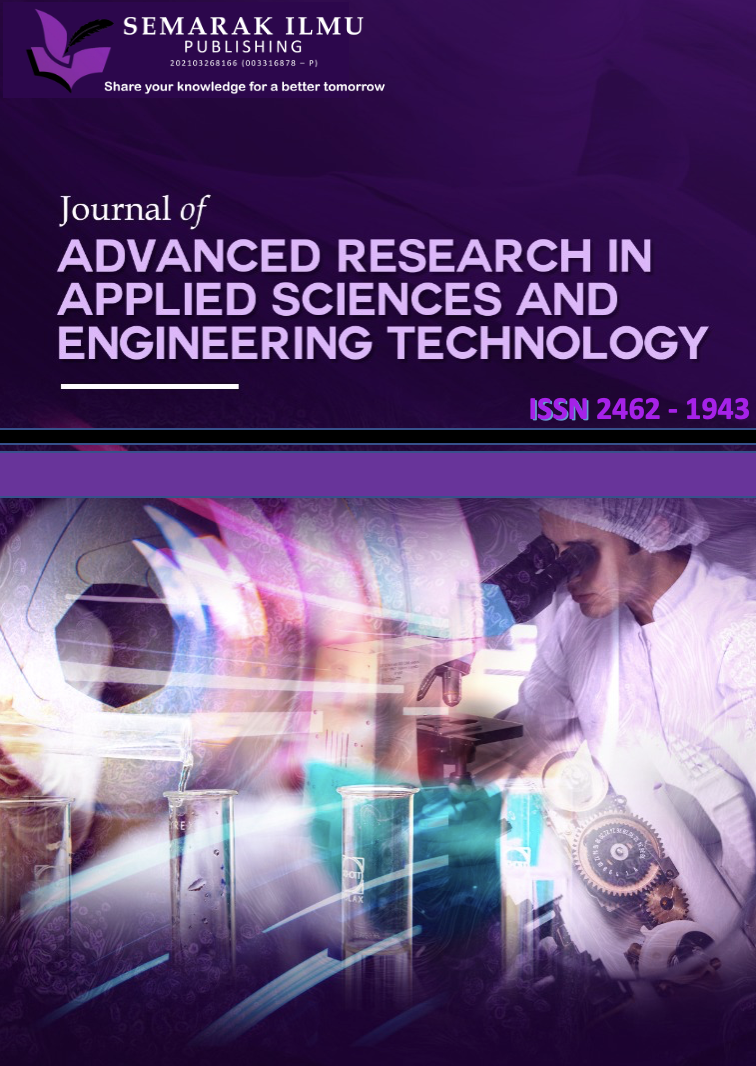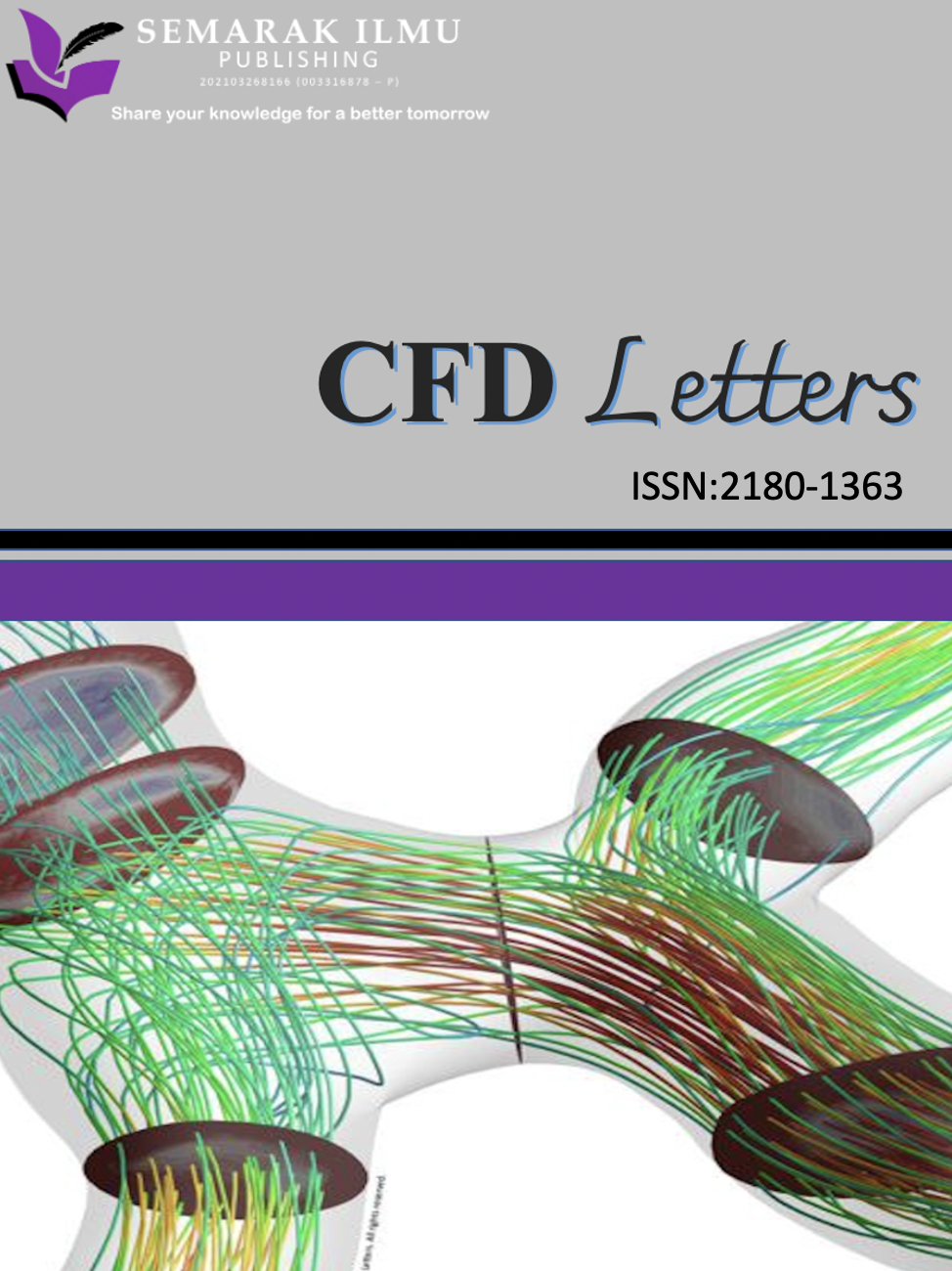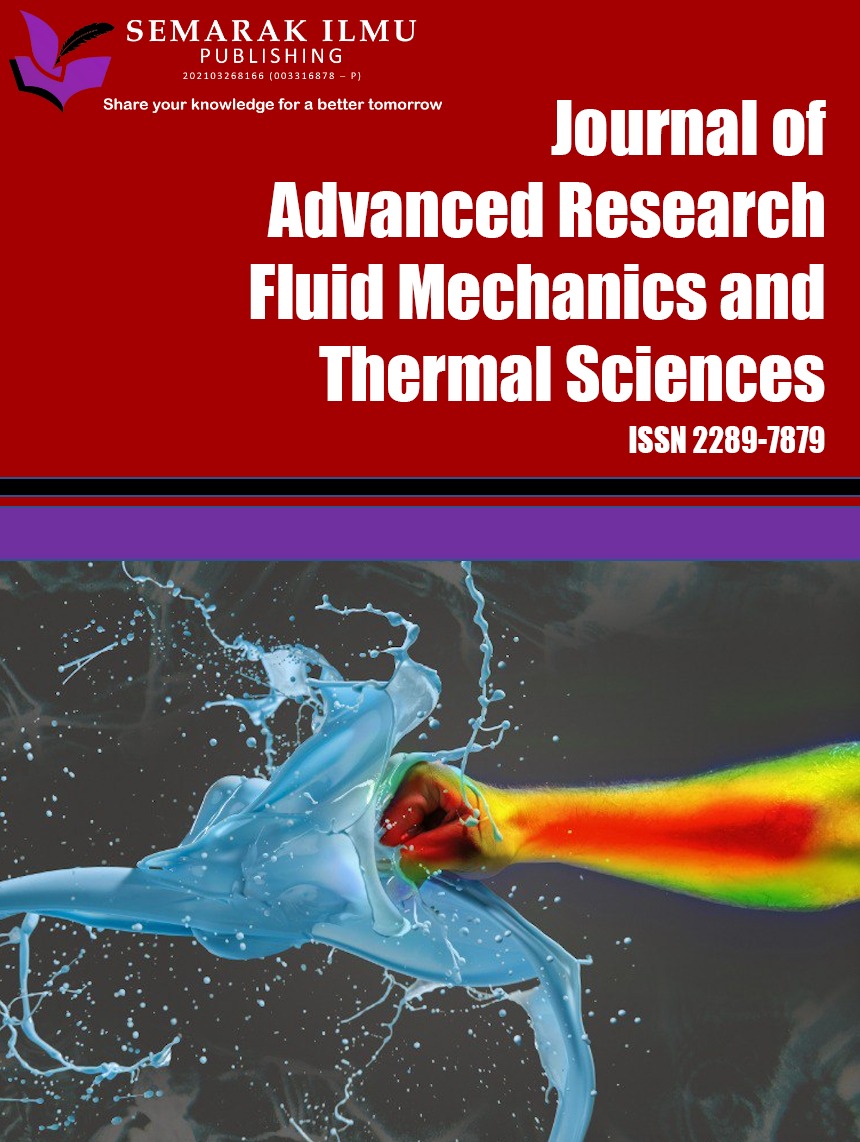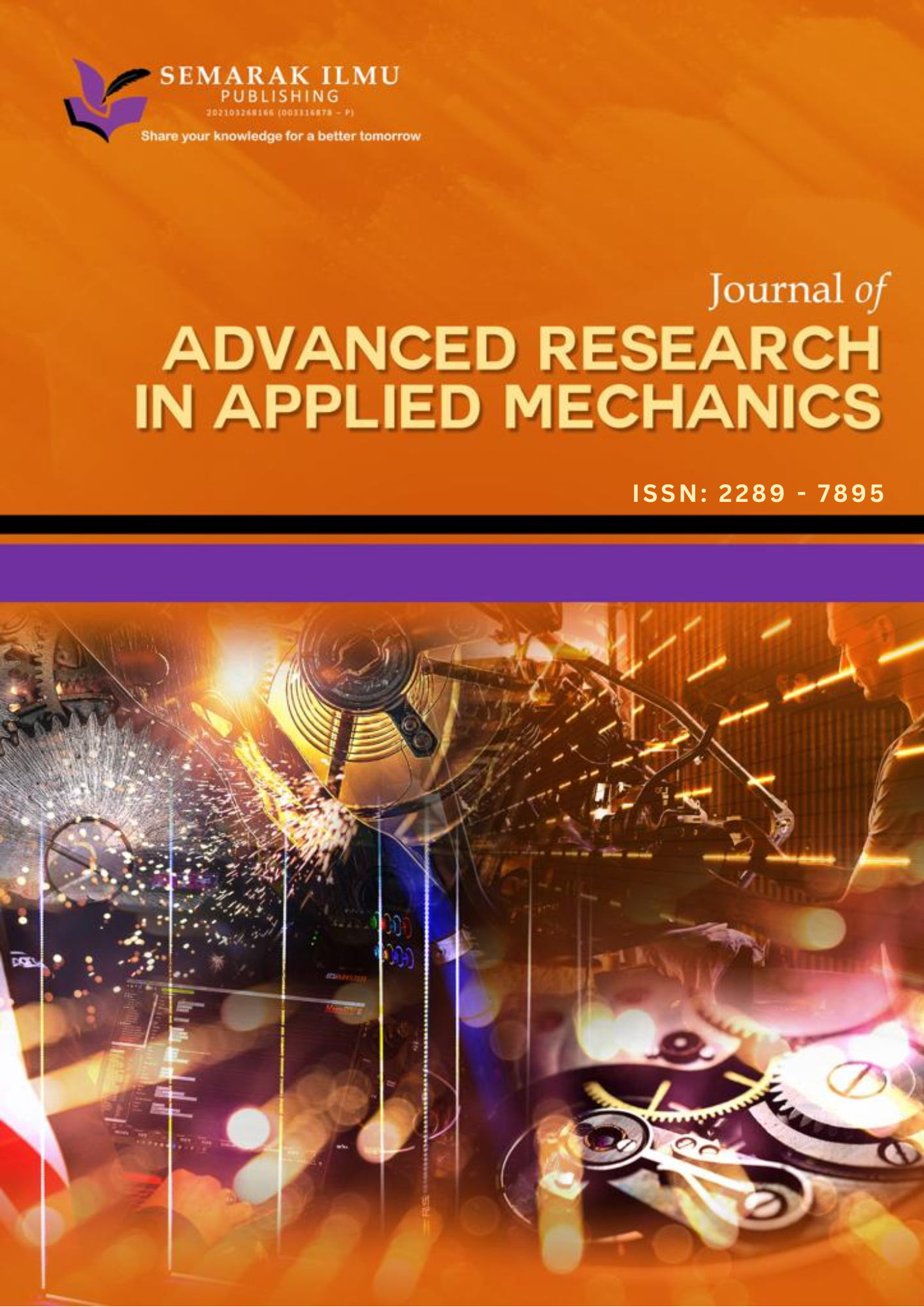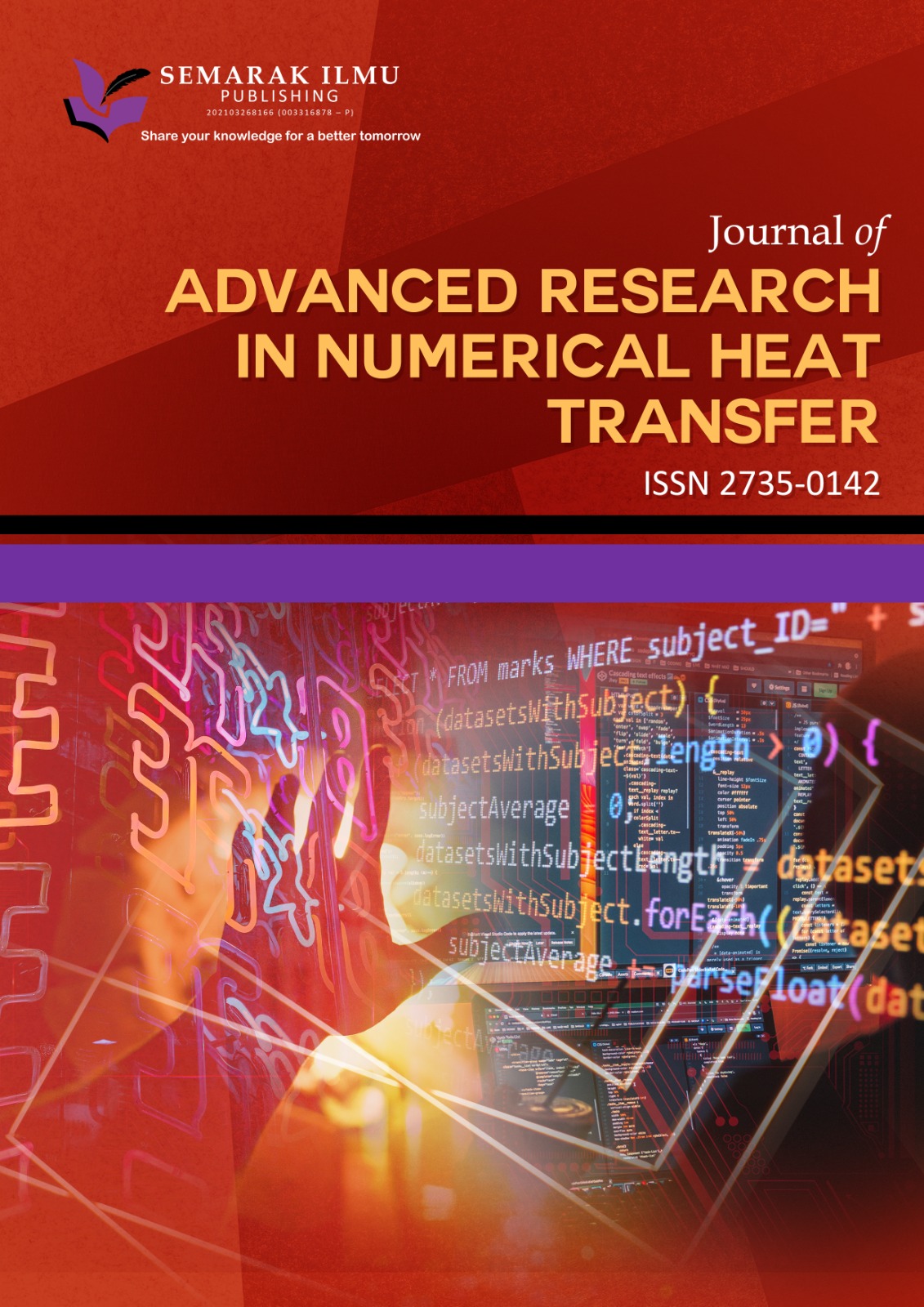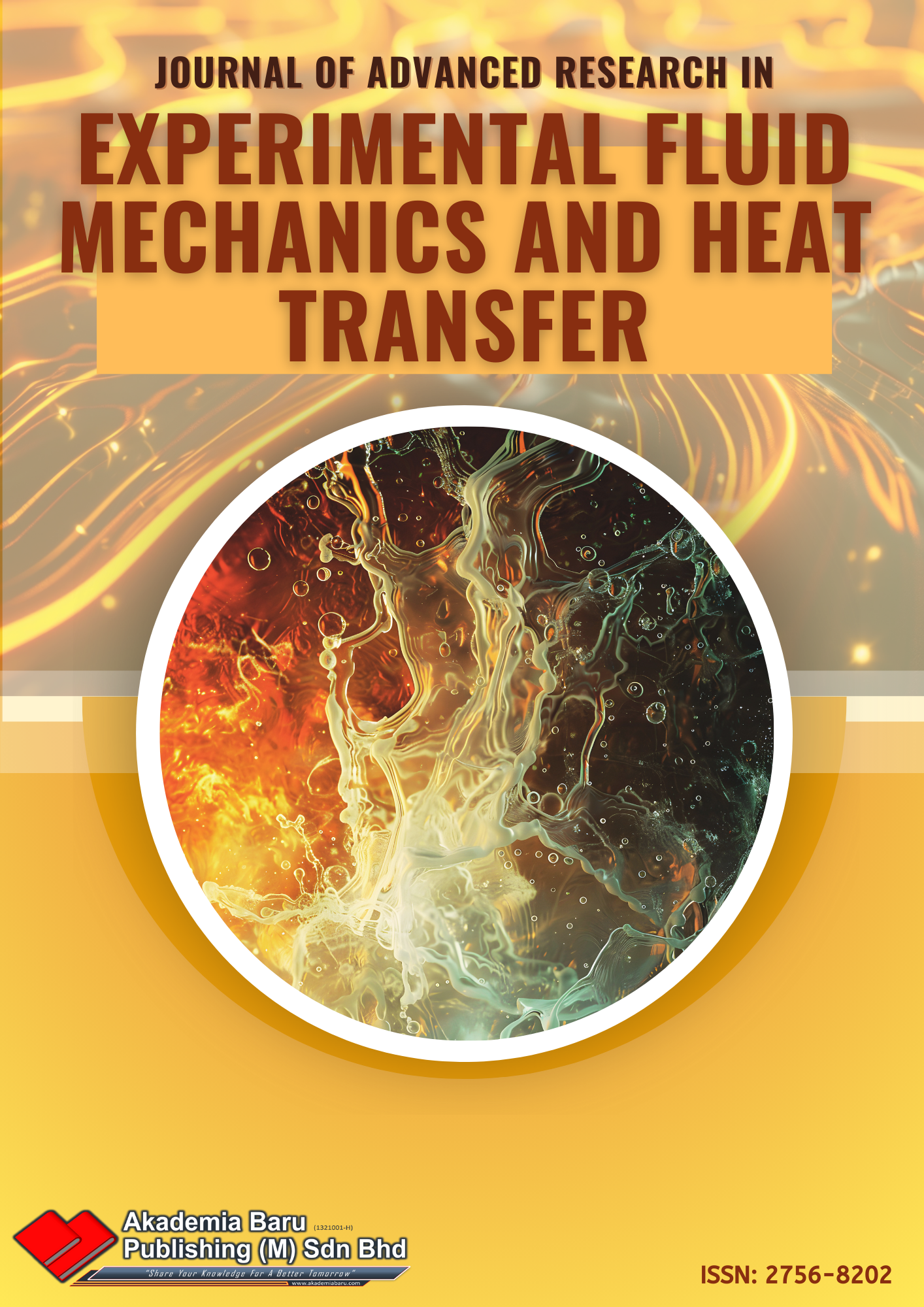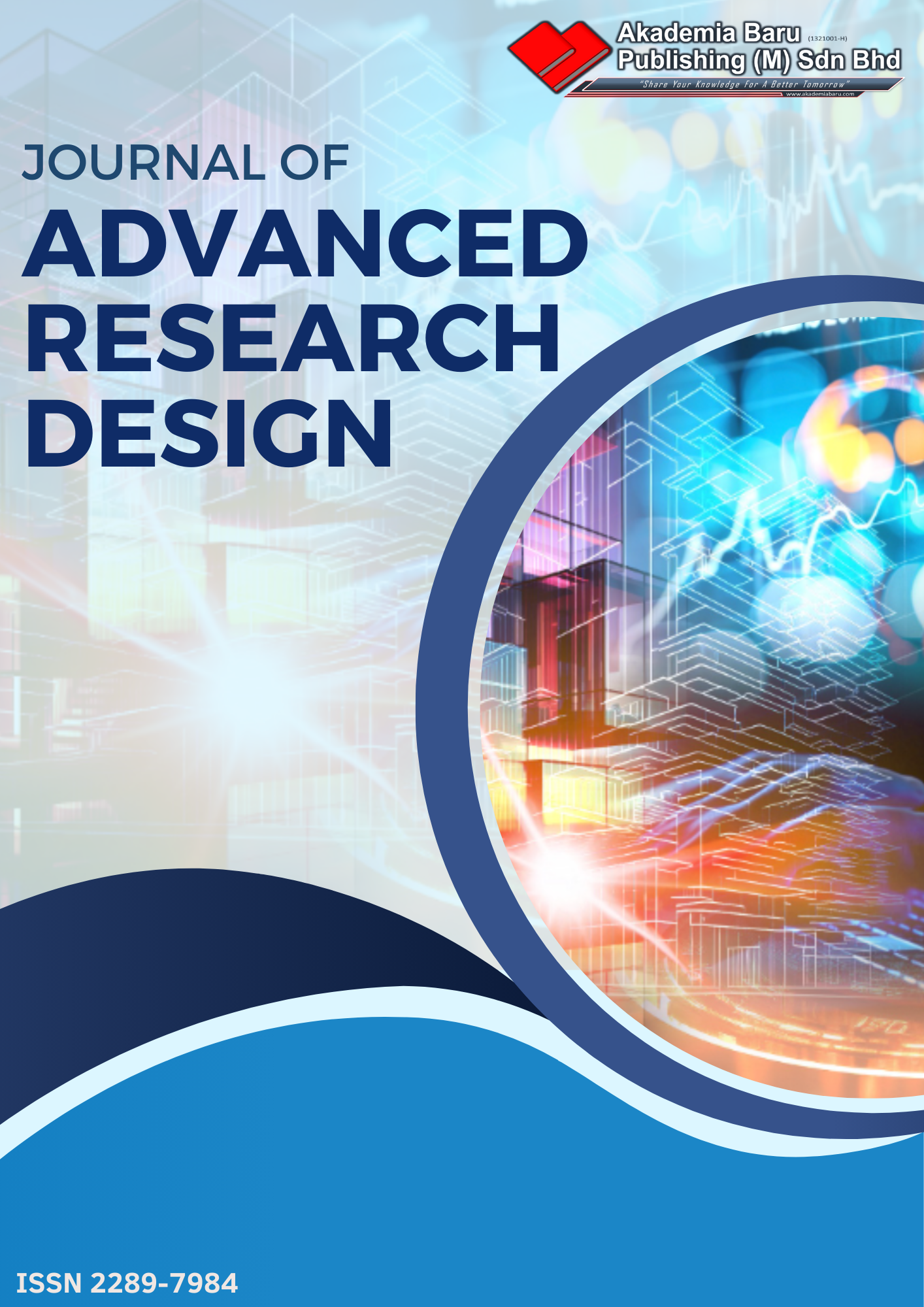Stress Analysis on Hybrid Nanoparticle GNP/Ag for Flexible Semiconductor Packaging Devices
DOI:
https://doi.org/10.37934/armne.30.1.2232Keywords:
Graphene nanoplatelet (GNP), silver flakes (Ag), hybrid conductive ink, adhesion, curing, temperature, lap shear testAbstract
This research investigates the stress analysis of hybrid nanoparticle GNP/Ag conductive inks under various curing conditions, specifically varying time and temperature settings. The study addresses the challenges of reliably quantifying the adhesive strength of printed conductive inks for flexible semiconductor packaging devices, aiming to ensure the reliability and long-term sustainability of printed electronics under various environmental conditions. To formulate the GNP hybrid conductive ink, GNP powder was mixed with ethanol and sonicated. Subsequently, Ag and SA were added to the GNP/ethanol mixture, followed by sonication for one hour with each addition. The resulting GNP/Ag/SA mixture was heated on a hotplate and stir using a magnetic stirrer until the ethanol evaporated and then cured in a furnace for one hour. The mixture was then ground into a fine powder and combined with 1-butanol and terpineol to form a paste. This paste was printed in overlapping layers on two copper substrates and cured at 240°C, 250°C, and 260°C for 4, 5, and 6 hours respectively. Testing was conducted in accordance with ASTM D1002 Standard Test Method to determine the shear strength of adhesives using the lap shear test. The findings indicated that increased curing temperatures and duration negatively impact the shear strength of the conductive ink, highlighting the correlation between curing conditions and adhesion properties. Future research should focus on integrating additives or modifying the ink composition to enhance adhesion qualities during high-temperature curing.
Downloads






